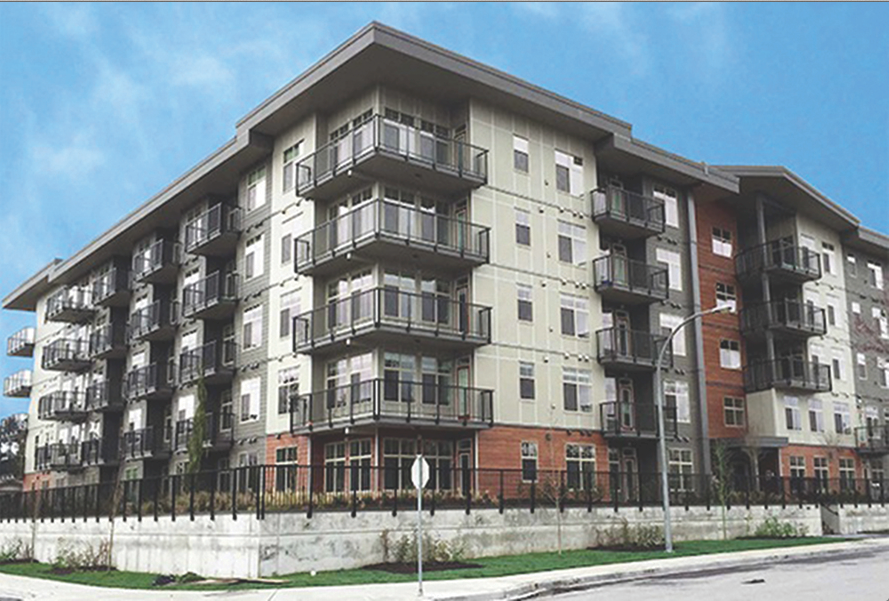Mark Kenney, president and CEO of Canadian Apartment Properties Real Estate Investment Trust (CAPREIT), Canada’s largest landlord, has endorsed B.C. Premier David Eby’s controversial $500 million fund to buy older apartment buildings and retain them as non-profit assets.
In announcing the Rental Protection Fund this February, the premier said it is meant to “ protect vulnerable renters from speculators who can drive up rents and evict tenants who have lived there for years.” Eby specifically named large corporations ”such as real-estate investment trusts” as the potential villains.
The idea is that when older, inexpensive apartment buildings come up for sale, the provincial fund would help non-profits, co-operative housing groups and First Nations buy and retain them as cheap rentals.
According to Canada Mortgage and Housing Corporation data, between 1991 and 2021, approximately 97,000 purpose-built rental units in B.C. were either redeveloped or converted to more expensive units.
Eby’s funding plan has been met with scepticism from both private and public sector housing advocates, however.
The plan will stunt development of modern rental housing, according to Mark Goodman, a partner in Goodman Commercial Inc., a specialist in multi-family rental sales, who added taxpayers or non-profits could be stuck with expensive and ongoing maintenance and repairs costs.
Ken Fraser, executive director of the Vancouver Resource Society, a non-profit rental housing group, also scoffed at the concept.
“I wouldn’t waste taxpayers’ money buying old dilapidated 50-year-old apartment buildings,” he said, noting that it is difficult to even get insurance on aging stock that needs expensive wiring, plumbing and HVA upgrades.
“It makes common sense to allow a developer to buy an old 20-unit property on a large lot and build 60 to 70 units of modern rentals that would last another 50 years,” he said.
But Kenney told a multi-family panel at the April 5 Real Estate Forum in Vancouver that he fully backs the Rental Protection Fund.
“It is a wonderful, wonderful acquisition plan,” Kenney said.
While agreeing it “does nothing, absolutely nothing, to increase supply” he said that “at least it keeps a segment of apartments affordable.”
Kenney explained the input costs on building a new apartment in Vancouver can total $600,000 or more, but older rental apartment buildings sell for around $300,000 per suite, and often rent for $2 per square foot or less, compared to $5 per square foot in new rental buildings.
CAPREIT has more than 5,400 rental units in B.C. and Kenney told Western Investor that about 1,000 of these are in older rental buildings that he has made available to the Rental Protection Fund.
“We have already made the offer,” he said.
CAPREIT did not become Canada’s biggest landlord and largest residential REIT, with 67,000 rental units and a near-$8 billion market cap, by being totally altruistic, however.
In the past four years, CAPREIT has been disposing of its older rental stock, selling $400 million in assets across Canada, most of it older buildings with, presumably, the lowest rental income and the highest maintenance costs, and has put that money into developing and buying new rental buildings.
Kenney said, that with support from the capital market, it has the potential to build 250,000 new rental units across the country, though he doubted they would be able to hit that target.





